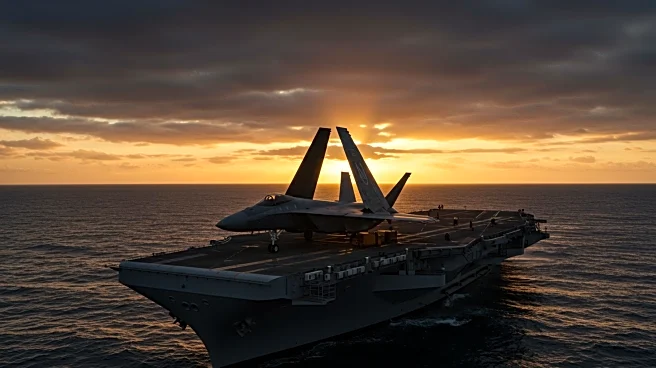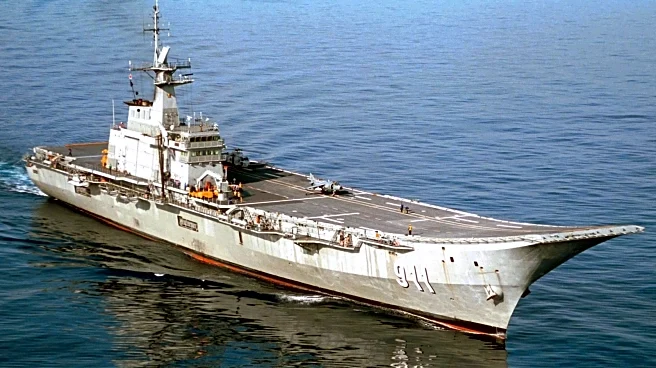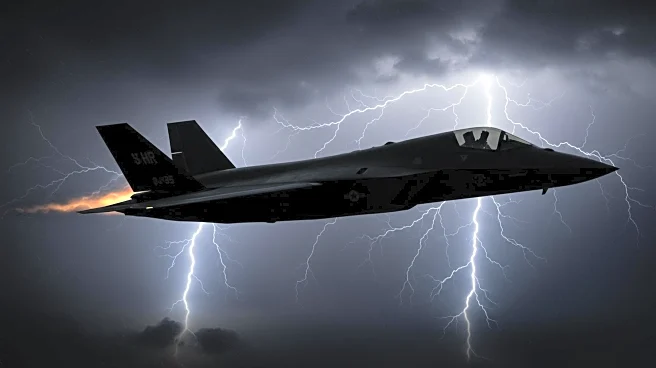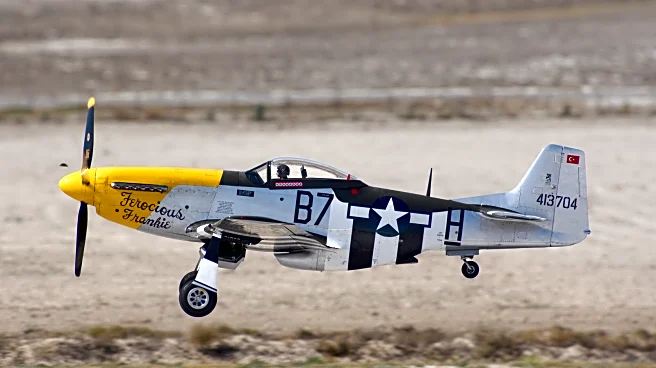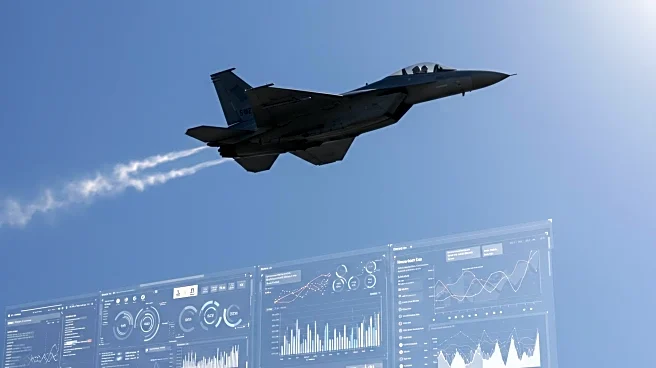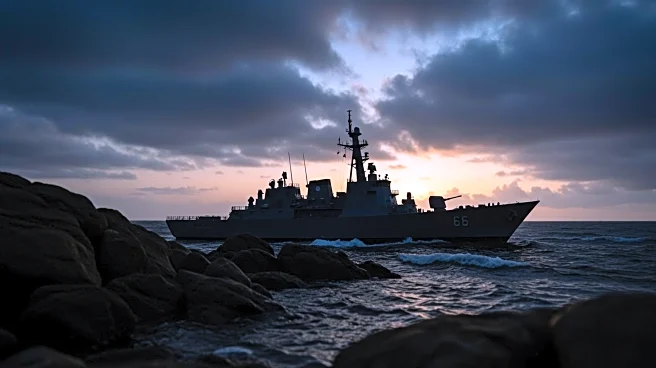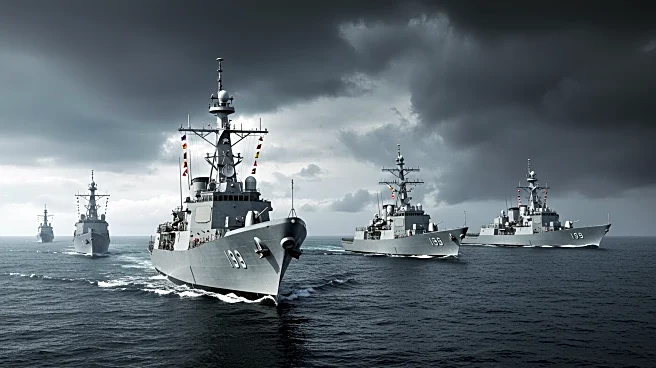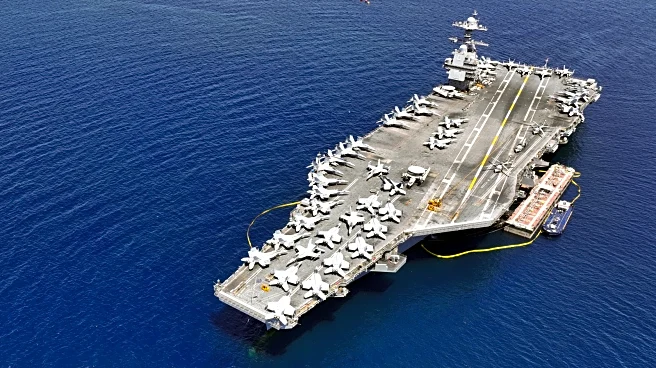What is the story about?
What's Happening?
In the 1970s, the U.S. Navy explored the possibility of adapting the F-16 Fighting Falcon for use on aircraft carriers, a project known as the Vought Model 1600. This initiative was driven by the Secretary of Defense's push for a common fighter platform across military branches. The proposed modifications included a stronger fuselage, broader wings, and heavier landing gear to meet the Navy's requirements. Despite these efforts, the concept was ultimately abandoned in favor of the YF-17, which evolved into the F/A-18 Hornet. Concerns over the F-16's low-slung engine intake and lack of radar-guided missiles for all-weather operations contributed to the decision.
Why It's Important?
The decision to abandon the carrier-capable F-16 had significant implications for U.S. military aviation. The F/A-18 Hornet, which was chosen instead, became a cornerstone of naval aviation, demonstrating the importance of meeting specific operational requirements. The F-16's failure to adapt to carrier operations highlighted the challenges of creating a multi-role fighter platform, a lesson that informed future projects like the F-35 Joint Strike Fighter. The F-16 remains a key asset for the Air Force, showcasing its versatility and performance despite its age.
What's Next?
While the F-16 did not become a carrier fighter, its continued service in the Air Force and other countries underscores its enduring value. The lessons learned from the Vought Model 1600 project continue to influence military procurement strategies, particularly in the development of versatile fighter platforms. The F/A-18 Hornet's success has paved the way for its successor, the Block II Super Hornet, which continues to serve the Navy's needs.
Beyond the Headlines
The exploration of a carrier-capable F-16 reflects broader themes in military procurement, such as the balance between innovation and practicality. The project also highlights the complexities of adapting existing technology to new environments, a challenge that persists in defense technology development. The decision-making process involved in the Vought Model 1600 project offers insights into the strategic considerations that shape military capabilities.
AI Generated Content
Do you find this article useful?
